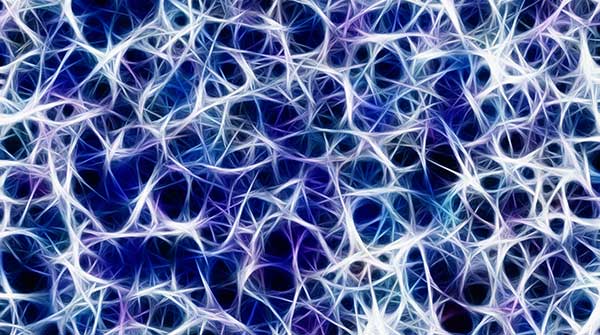Could help more people recover from nerve injuries and illnesses
University of Alberta researchers and physicians are aiming to combine their expertise in surgery, electrical stimulation and drug discovery in an effort to help more people recover more quickly from nerve injuries and illnesses.
|
|
|
|
|
|
Nerve regrowth is very slow, at best one millimetre a day, which means muscles can atrophy before injured nerves have a chance to regenerate and reconnect. The good news, according to Ming Chan, professor in the Division of Physical Medicine & Rehabilitation and member of the Neuroscience and Mental Health Institute (NMHI), is that surgeons are now closing that gap.
“Surgeons have gotten very good at finding dispensable nerves that are very close to the muscles with damaged nerves and doing the nerve transfer procedure,” he says.
Rather than repairing the nerve damaged at remote locations or transplanting a nerve from another area of the body, in this nerve transfer procedure, a nerve from a branch of a nearby healthy nerve is spliced and connected to muscles that have lost their nerve supply. This means a much shorter distance for the nerves to regenerate to restore movement.
“What is even more exciting is that we have been able to use nerve transfer to treat neuropathic pain, spinal cord injuries and even spasticity, the opposite of paralysis, where nerve signals are too strong and muscles can’t relax,” says Chan.
“In the case of spinal cord injuries, the outcomes used to be really bad. But now we can actually put donor nerves from above the spinal cord injury to activate muscles below the zone of injury. Through this, quadriplegic patients could potentially regain their hand function,” he notes.
“The size of populations that may benefit from this innovative procedure is expanding.”
Chan conducts clinical trials collaboratively at the University of Alberta Hospital with Christine Webber, associate professor in the Division of Anatomy and fellow NHMI member, whose research involves conditioning electrical stimulation (CES). This process stimulates a nerve at the fairly low rate of 20 hertz for one hour, one week before surgery, to promote nerve regeneration. It is less invasive than other processes, causes no injury or inflammation and promotes better recovery.
“We can take a healthy nerve and condition it today with electrical stimulation and then use that nerve a week later in surgery so that nerve is primed and ready for regeneration,” says Webber.
Studies have shown the nerves grow back three to five times faster than if the surgery was done without CES. There are several companies developing equipment for this process.
Chan and Webber say combining nerve transfer and CES will soon be a game changer, but there’s more.
NMHI director Douglas Zochodne, professor of neurology and a neurologist in the Department of Medicine, and researchers in his laboratory are working to identify new molecules that control regeneration — and could eventually be used for new treatments in patients with nerve damage or neuropathies.
One promising lead has involved a collaboration with Gary Eitzen from the Department of Cell Biology and scientists from Atomwise using AI to find strategies that temporarily “lift the brakes” on cell growth to accelerate nerve regeneration.
To identify optimal compounds for the task, researchers would need to screen libraries containing millions of compounds, and using real samples would be too expensive. Atomwise scientists have used computational AI tools to perform virtual screenings to make the process quick and efficient, and have identified several promising new “hits.”
Zochodne and his team had the idea that temporarily reducing the retinoblastoma protein Rb1, which is a protein expressed in adult sensory neurons and their axons during regeneration, might be enough to trigger nerve regrowth.
“Our idea is to find a treatment given so that it targets the nervous system only for a short duration of time, allowing it to act on the nerve targets where you need them to regenerate,” he says.
| By Ramona Czakert Franson
Ramona Czakert Franson is a reporter with the University of Alberta’s Folio online magazine. The University of Alberta is a Troy Media Editorial Content Provider Partner.
The opinions expressed by our columnists and contributors are theirs alone and do not inherently or expressly reflect the views of our publication.
© Troy Media
Troy Media is an editorial content provider to media outlets and its own hosted community news outlets across Canada.




